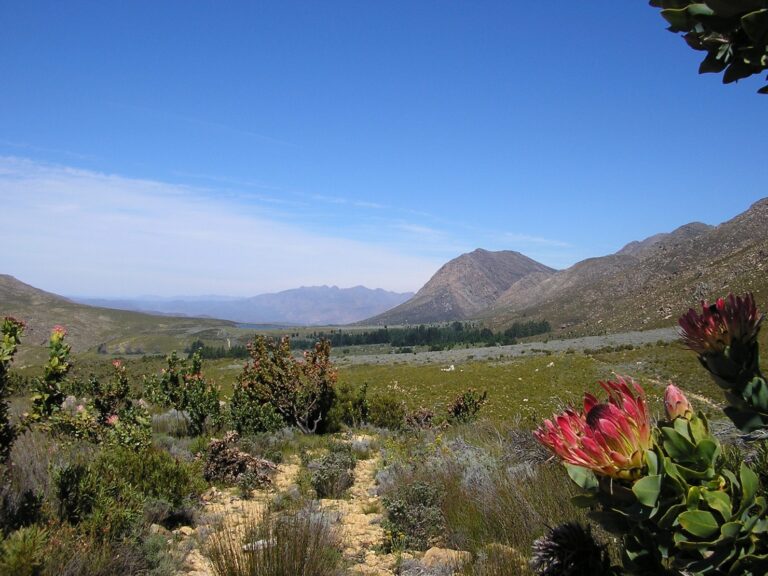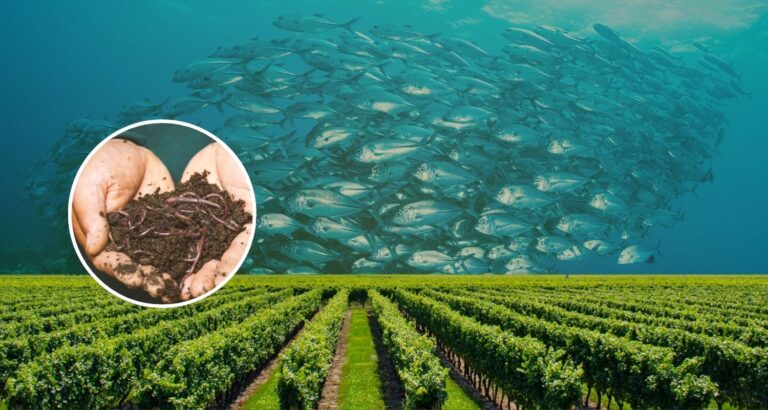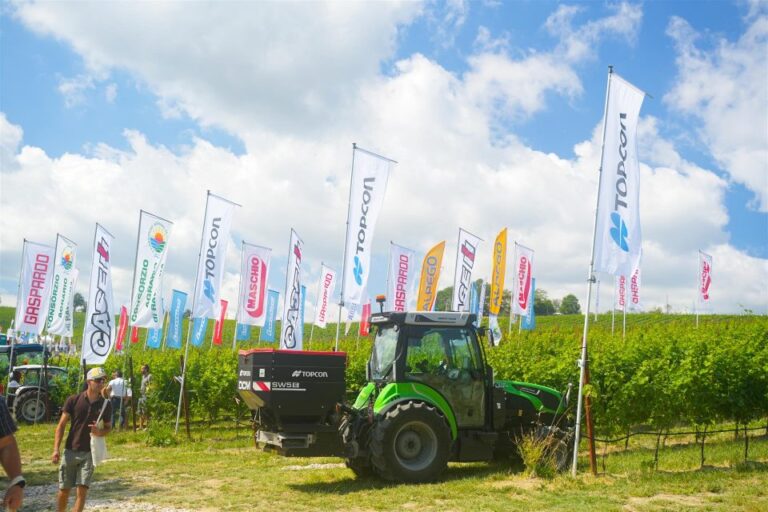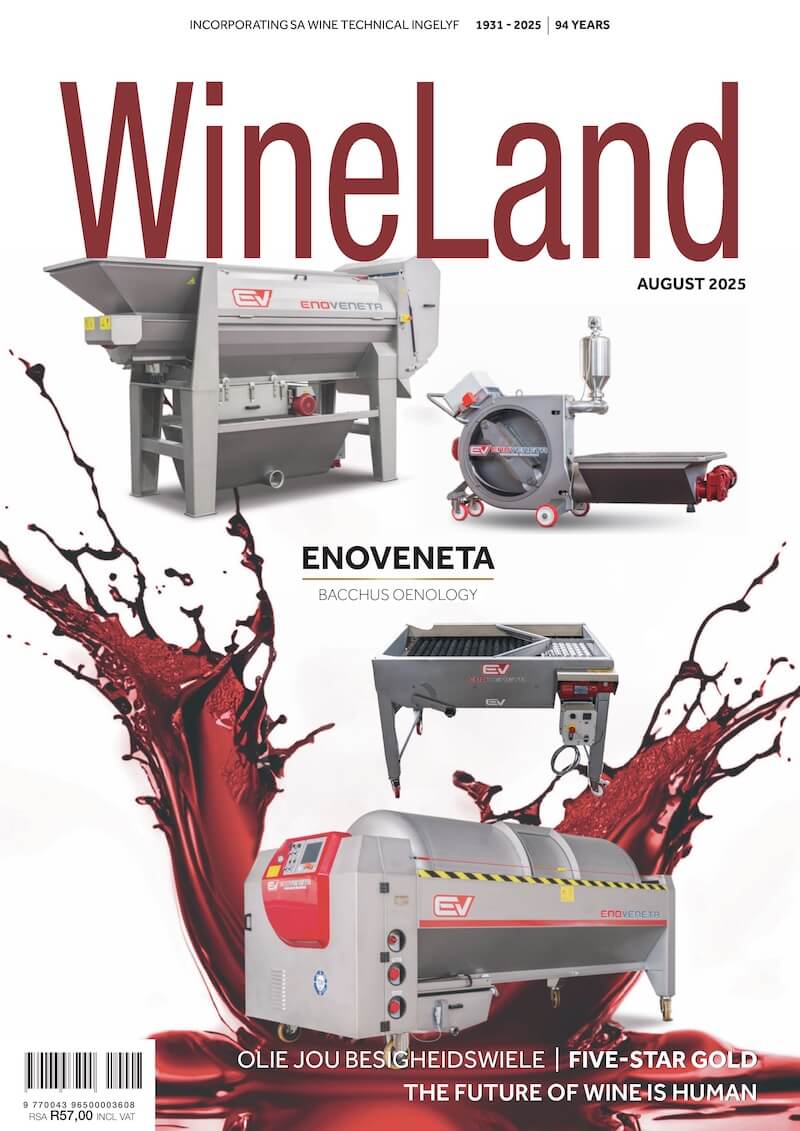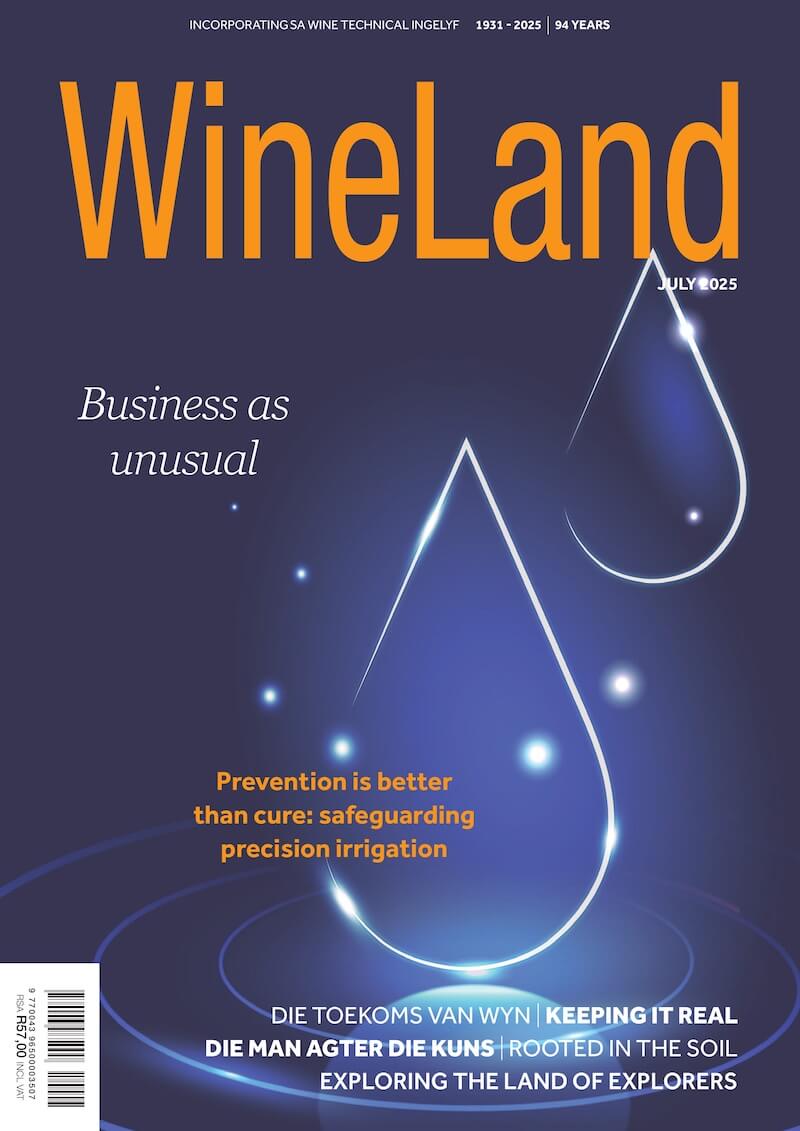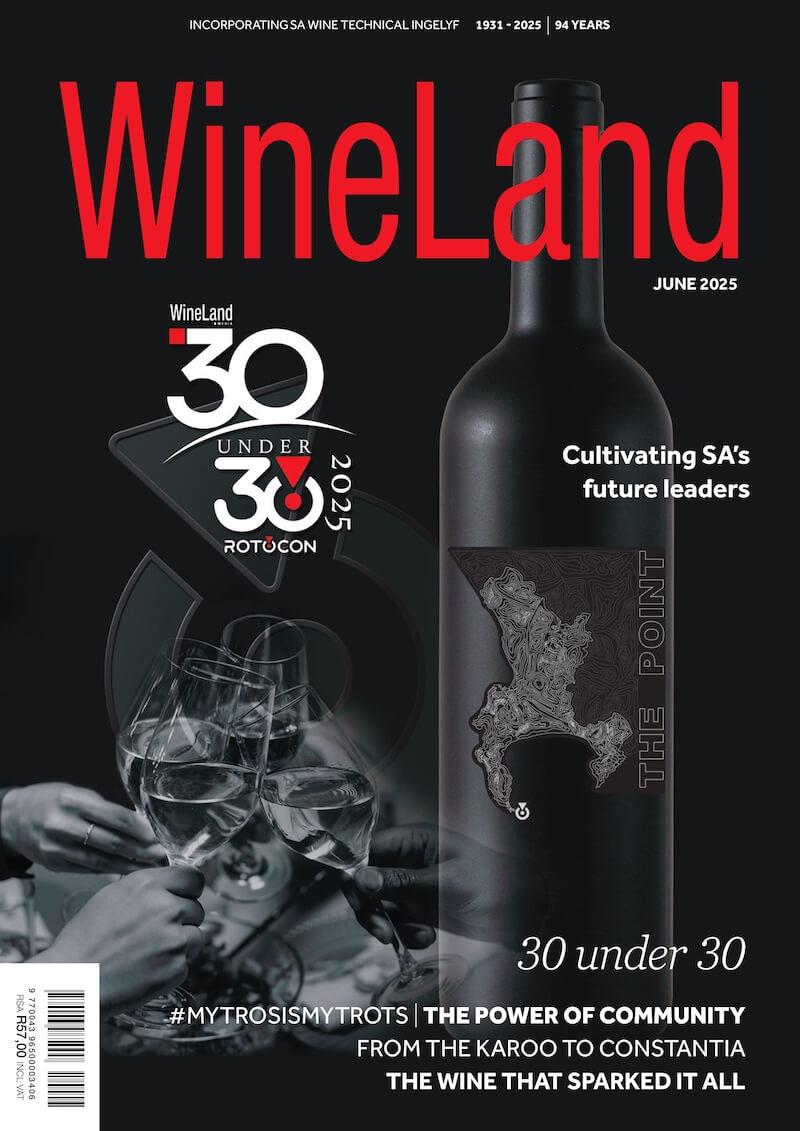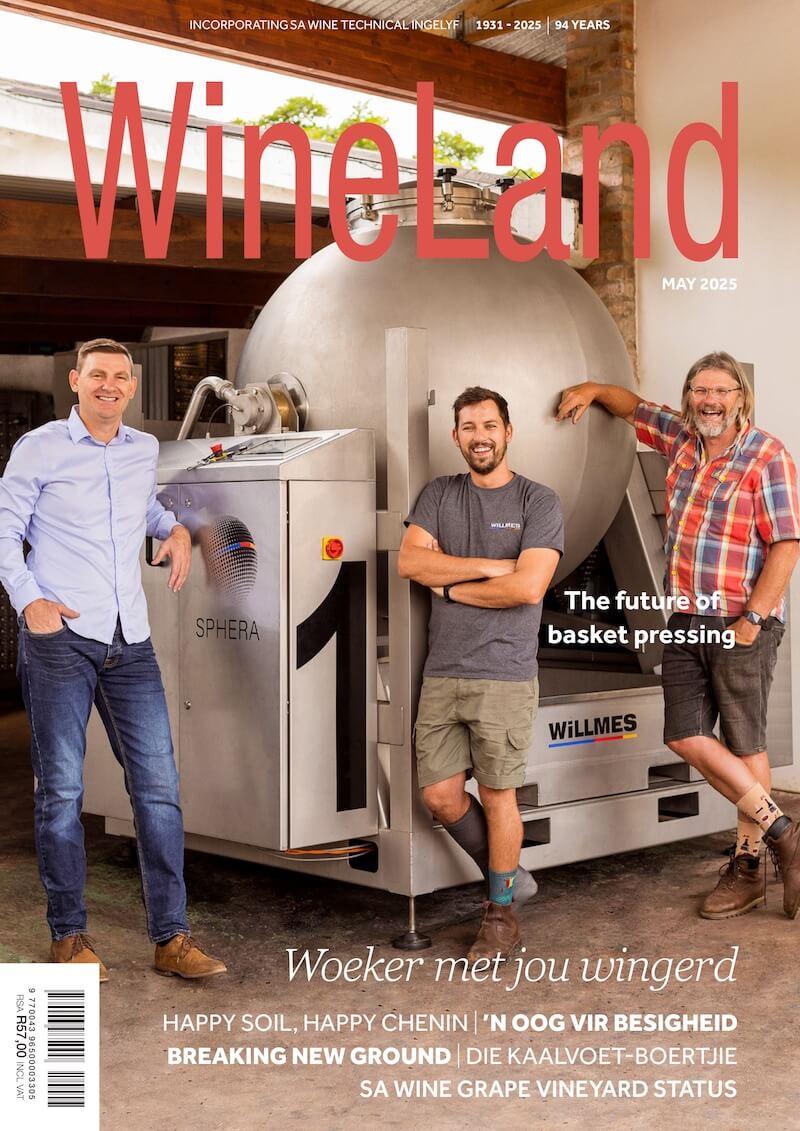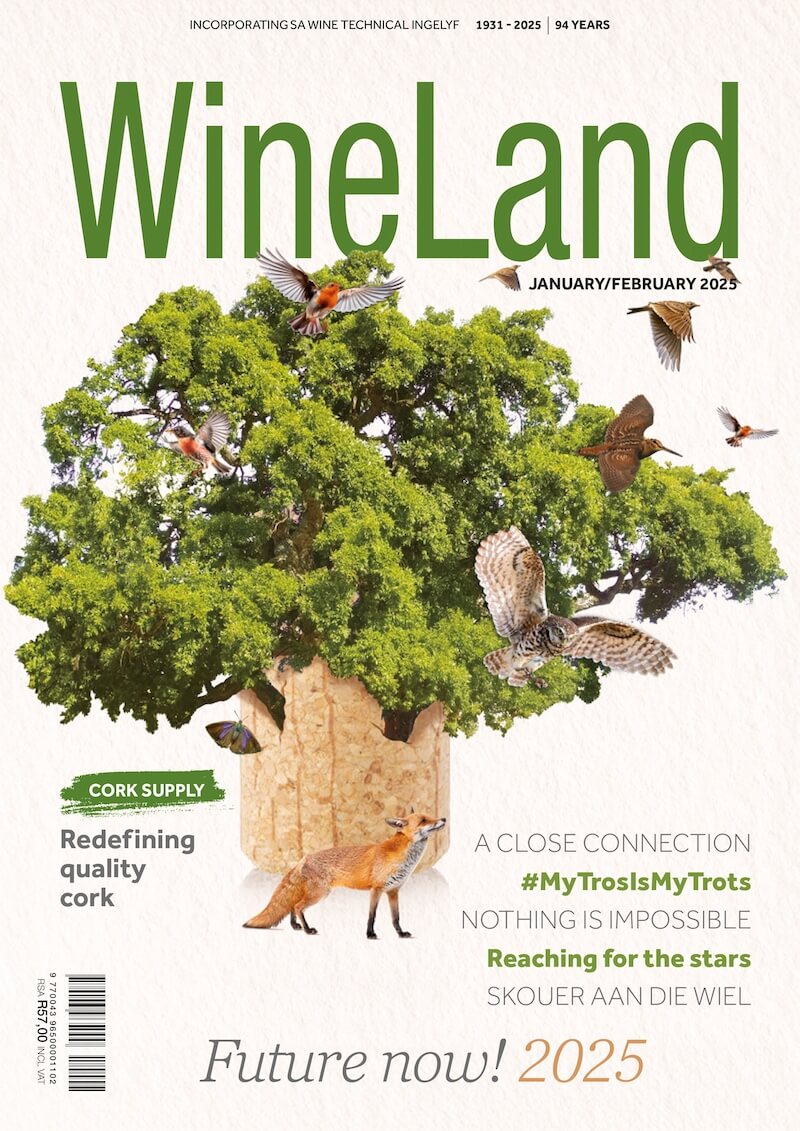Mountainous coastal areas like Stellenbosch, Cape Town and the Cape South Coast normally receive sufficient rain during the winter and even in the spring to fill groundwater levels to field capacity. This results in vineyards being able to grow without irrigation during October, November and even December. When the time does, however, come to irrigate, we are confronted by the question: “How much is enough”? The answer to this question is complex and dependent on a whole series of factors. In this article, we investigate the factors a producer should consider regarding irrigation duration. We also look at a few hypothetical scenarios and suggestions. In 2018, Philip Myburgh’s book Handbook for Irrigation of Wine Grapes in South Africa was published, and it serves as an excellent resource that should be on every producer’s shelf. It was also a primary source for this article.
Important factors to consider
Irrigation system: The delivery of the system is expressed in cubic metres (m3) per hour or mm per hour. In a drip-irrigated block with a row width of 2.5 m, a drip spacing of 0.6 m and a drip delivery of 2.3 litres per hour, the irrigation system delivers 1.53 mm (or 15.3 m3) per hour per hectare.
System efficiency: Due to surface evaporation, drip irrigation is normally 90% effective. This means a system that delivers 1.53 mm per hour, in real terms, delivers 1.38 mm per hour, which will be available to the plant.
Soil texture and water-holding ability: Coarse sand, for example, has a water-holding ability of 40 mm per metre of soil, compared to a fine sandy loam soil, which can hold 110 mm of water per metre of soil.
Stone percentage: A high stone percentage drastically decreases the effective soil volume, which naturally results in a lower water-holding capacity.
Root depth: The deeper the roots, the longer it will take for irrigation water to replenish the total root zone.
Soil volume and wetting percentage: Permeability and hydraulic conductivity are factors that determine how water moves once it infiltrates the soil. Due to the influence of row widths of drip irrigation, we seldom see the total soil volume being wetted, but rather a percentage wetting of 20% or 30% for example.
For the purposes of this article, we will use the handy irrigation calculation tool provided by Netafim (Figure 1) in Excel format. Various parameters are entered to give the user an indication of their soil’s water-holding capacity. If the water consumption per day is also known, this tool can be used to plan irrigation scheduling.

Screenshot of Netafim’s irrigation calculation tool.
Scenarios
In all three scenarios, we use an irrigation system of 2.3 litres/hour drippers with a spacing of 2.5 m by 0.6 m.
Scenario 1: An Oakleaf soil form (Figure 2) with an 80 cm-deep root system, good lateral root distribution, 0% stone and a texture that can be described as fine sand/loam. In this scenario, approximately 26 hours of irrigation will be required to replenish the total root zone.
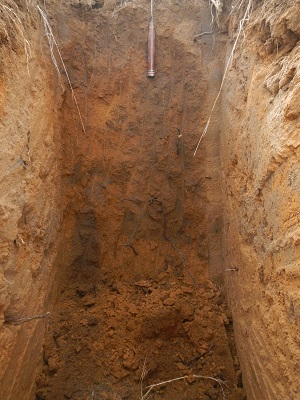
Oakleaf soil.
Scenario 2: A Dundee soil form (Figure 3) with a 150 cm-deep root system, poor lateral root distribution, 65% stone and a texture that can be described as coarse to medium sand. In this scenario, approximately four hours of irrigation will be required to replenish the total root zone.
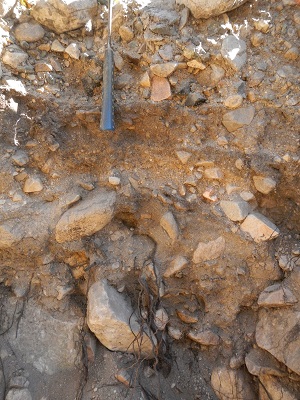
Dundee soil.
Scenario 3: A Hutton soil form (Figure 4) with a 90 cm-deep root system, limited lateral root distribution, 0% stone and a texture that can be described as sandy loam. In this scenario, it will require approximately 13 hours of irrigation to replenish the total root zone.
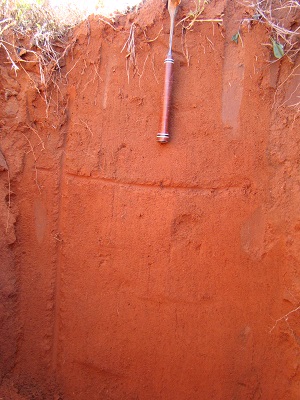
Hutton soil.
Due to the high stone fraction and sandy soil texture in Scenario 2, the argument can be made to rather consider micro-sprinklers as a more suitable irrigation system. Micro-sprinklers do not have the system efficiency of drip irrigation, however. Alternatively, lower-delivery drippers with a narrower spacing can be used in Scenario 2. This will enable the producer to wet a greater percentage of soil volume and reduce the irrigation frequency.
The good water-holding ability in Scenario 1 means that this soil needn’t be irrigated regularly. Three or four big irrigations during the summer and post-harvest period will ensure better utilisation of the water and soil resources. It is also important to take the water infiltration rate of the soil into account. In many instances, damming and surface runoff of water occur when the irrigation system delivers water faster than the soil can absorb. This can be addressed by rather using lower-delivery drippers, addressing the physical and chemical causes of the poor infiltration or establishing cover crops on the berms. There are practical examples of producers who, in such cases, will divide a big 24-hour irrigation into two 12-hour irrigations with a one or two-day waiting period in between.
What about duplex soils?
When an abrupt change in texture type occurs in a soil, it is described as a duplex soil. Figure 5 is an example of a Kroonstad soil form with a clear transition between the sand in the top 30 cm and the clay from 30 cm and deeper. Clay has a very good water-holding ability, but not a lot of the water is plant-available because of the fine-textured soil particles and the way it holds water. Water also moves much slower in clay and follows an atypical distribution pattern due to the texture differences between the soil layers – Figure 6 is an illustration of this. The potential limited root depth, together with the uneven water movement, make these duplex soils difficult to irrigate. The principles remain the same, however: determine the dimensions of the root zone by investigating profile pits, take the texture class into consideration, as well as root distribution and the stone fraction, to calculate an estimated irrigation duration.
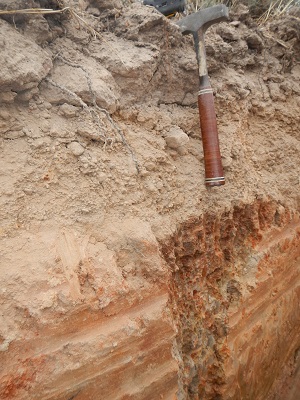
Kroonstad soil form.
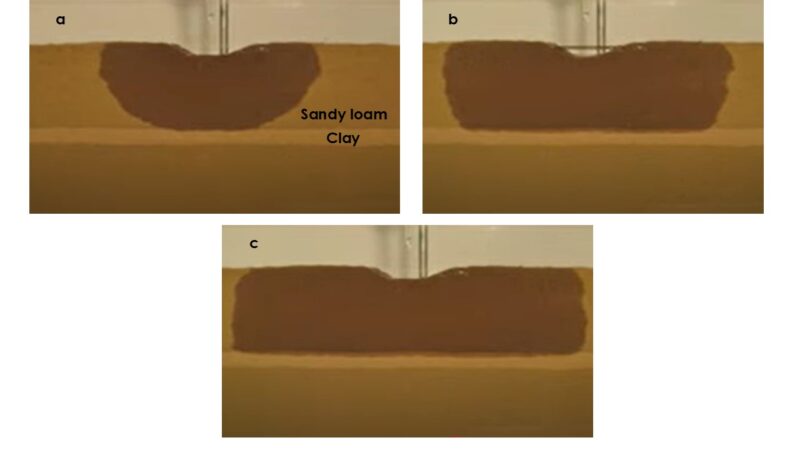
Water movement taken up in a duplex soil with a sandy loam top layer and a clay bottom layer after two hours (a), four hours (b) and eight hours (c). The slow movement of the water in the clay causes more lateral movement of water in the topsoil as the irrigation time progresses.
Summary
It is clear that the wide variety of soil types, as well as irrigation delivery options, can have a drastic effect on irrigation duration. The producer should therefore have a good knowledge of the soils and soil differences on the farm. It is also imperative to perform the necessary soil preparation during vineyard establishment. The purpose of soil preparation is to address any chemical or physical aspects limiting root growth. If such root growth limitations are uplifted during soil preparation, and the correct irrigation system is installed, this allows for optimal utilisation of the soil and water resources, better buffer capacity against heatwaves and better growth and yield potential.
Of course, there are many options in terms of devices to measure soil water content. If these measurements are interpreted correctly, it is a handy tool to determine irrigation duration. The Handbook for Irrigation of Wine Grapes in South Africa (https://sawine.co.za/research-development-and-innovation-rdi/knowledge-transfer/e-books/) is a comprehensive publication which discusses all aspects of irrigation. It is a summary of many years of research. The industry also has consultants and service providers with the necessary experience to guide producers in this regard.
For more information, contact Gert Engelbrecht at gerte@vinpro.co.za.
Click here to get your copy of WineLand Magazine.
